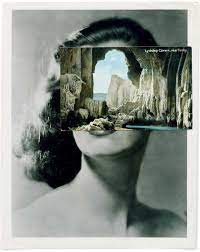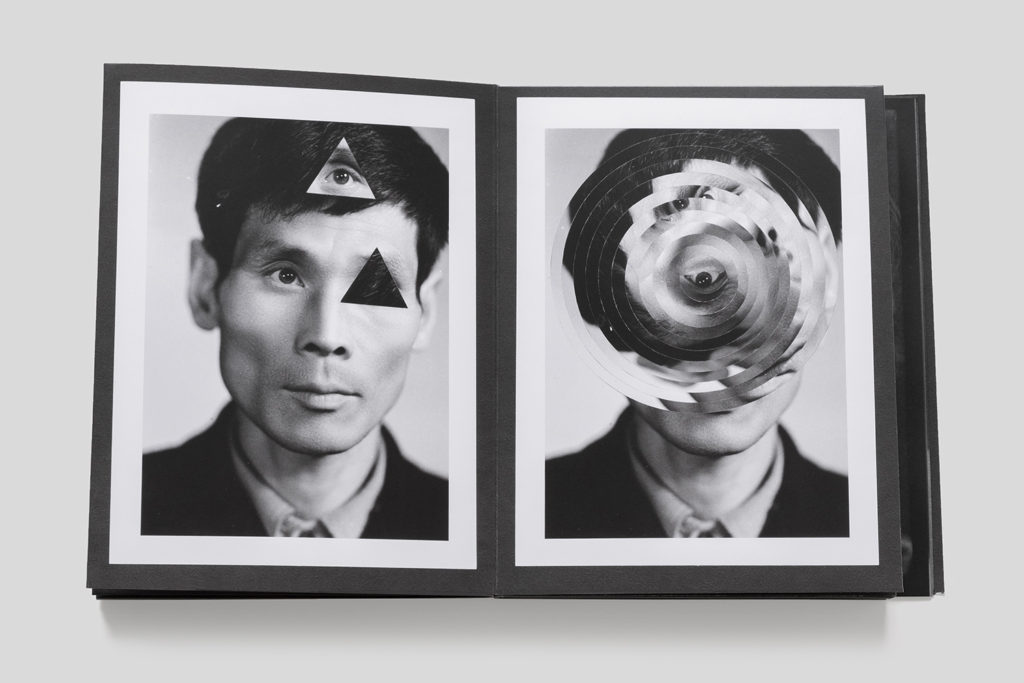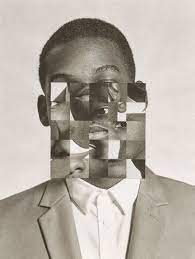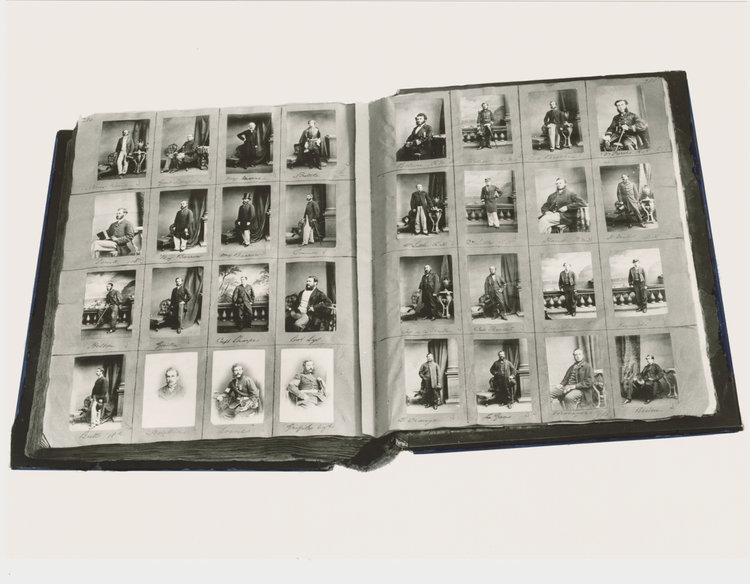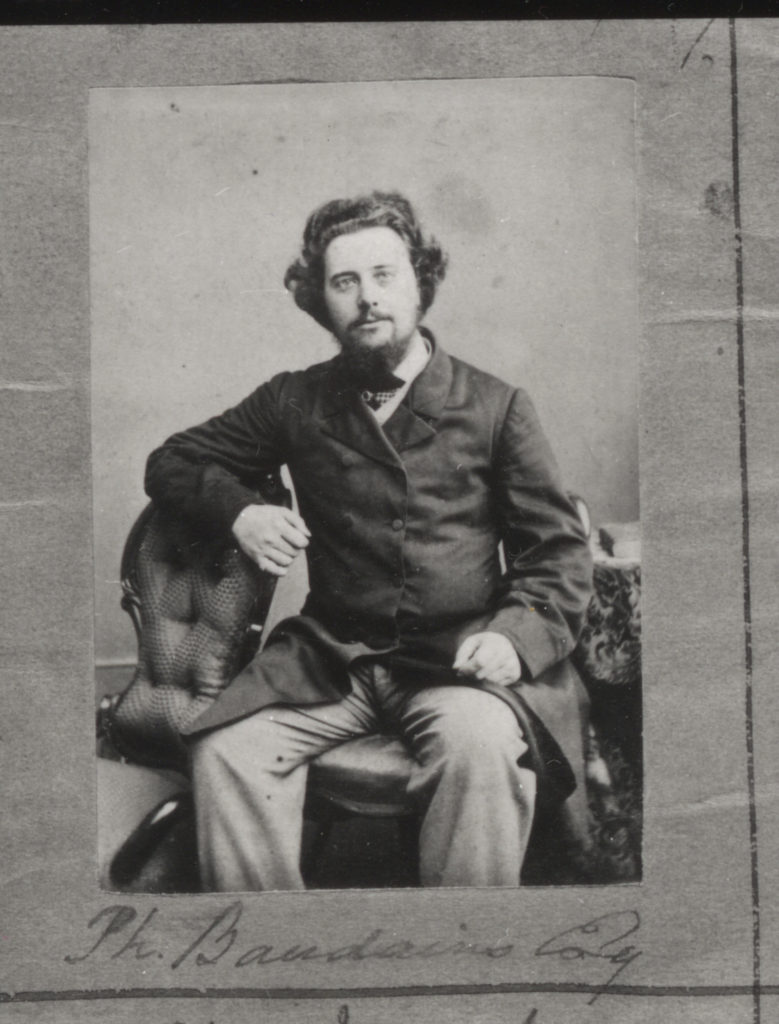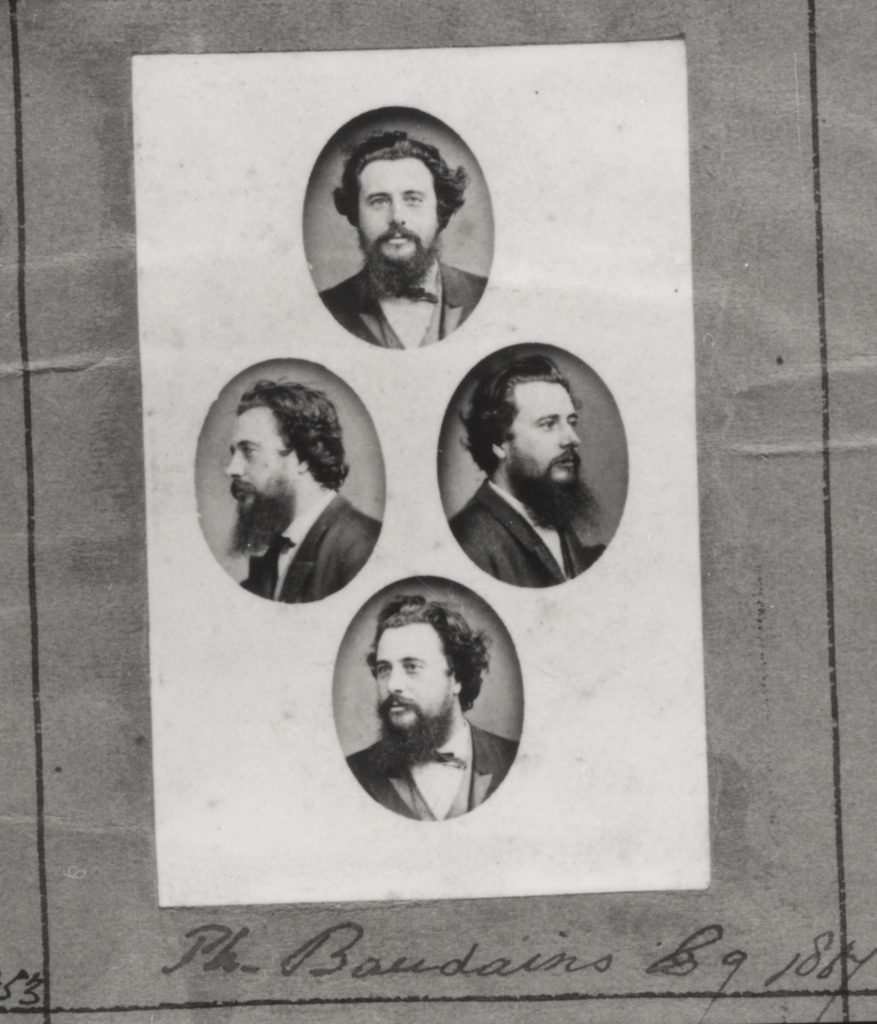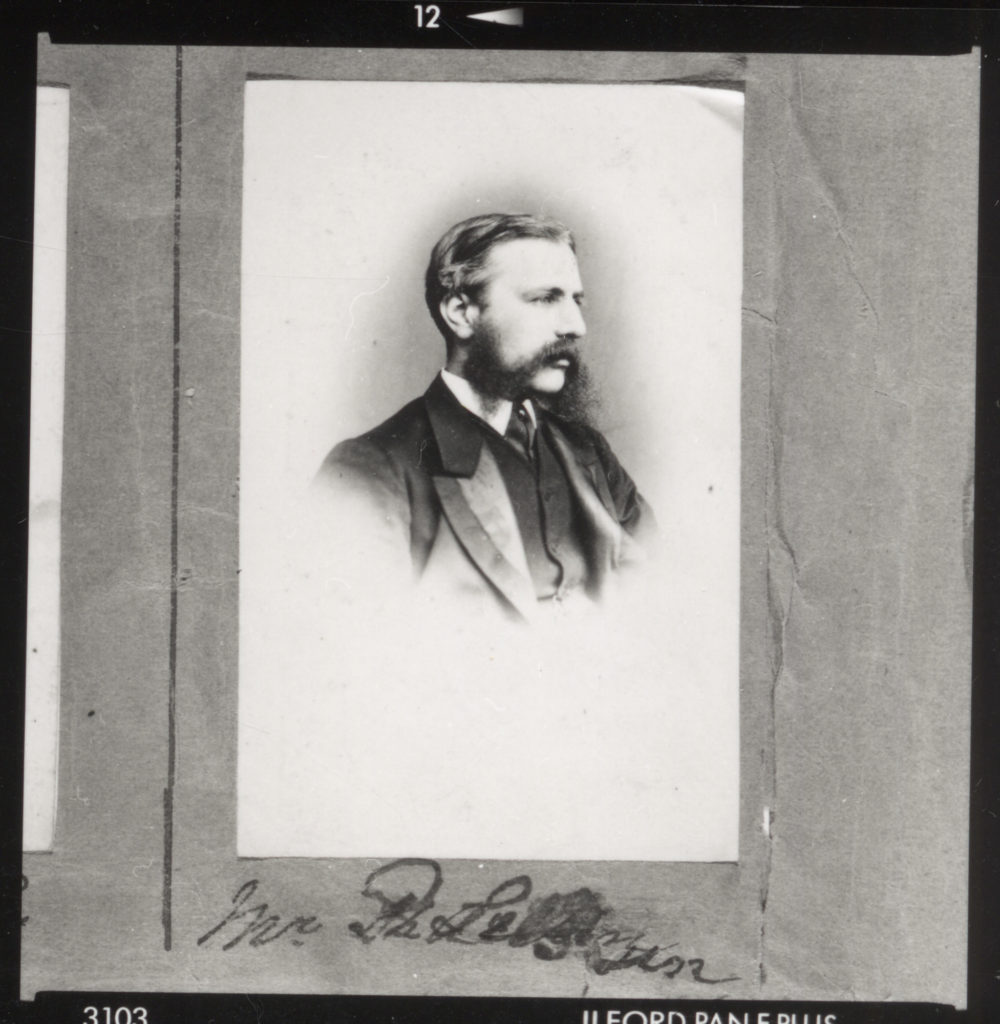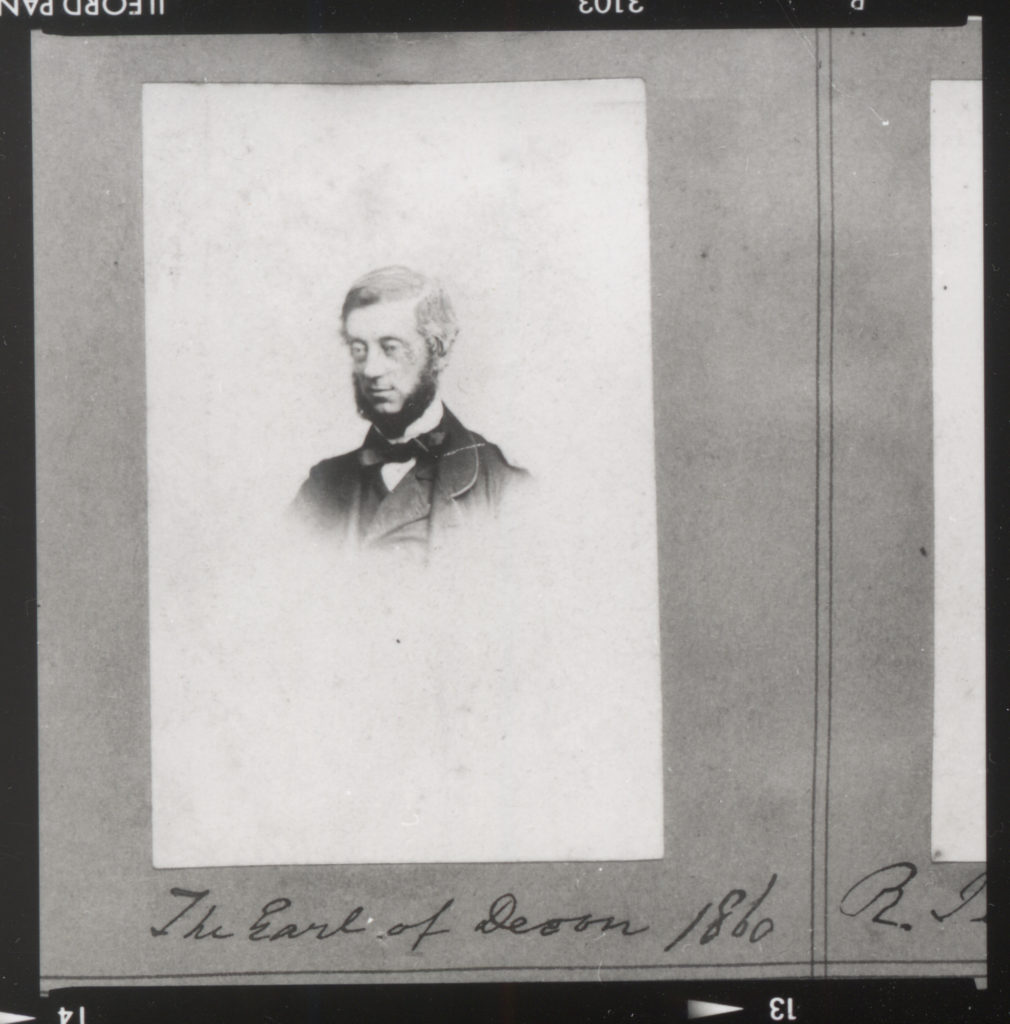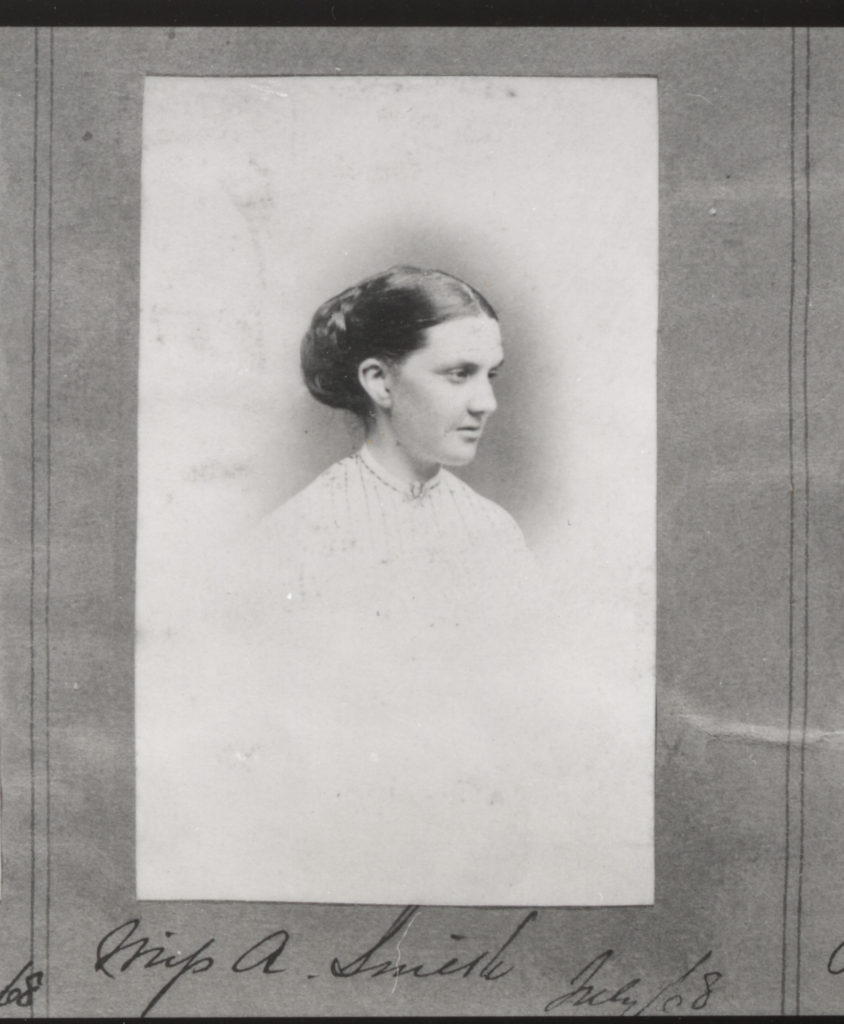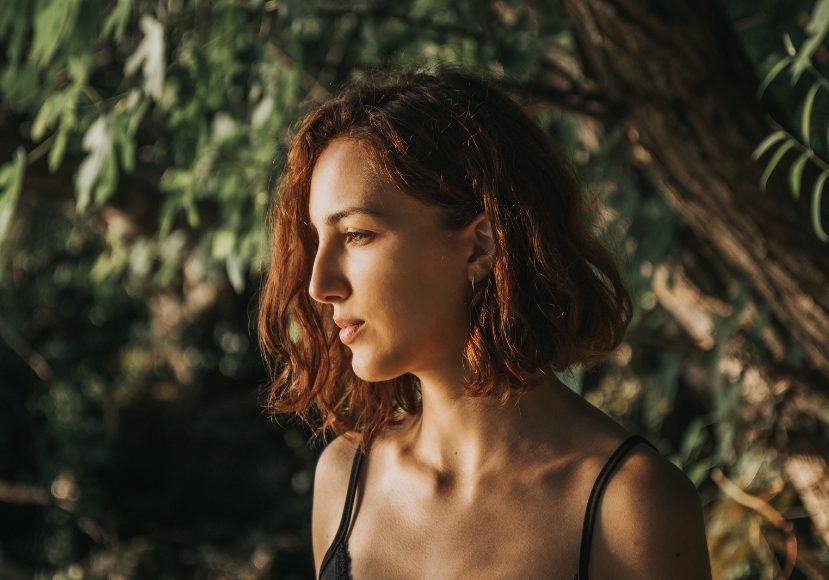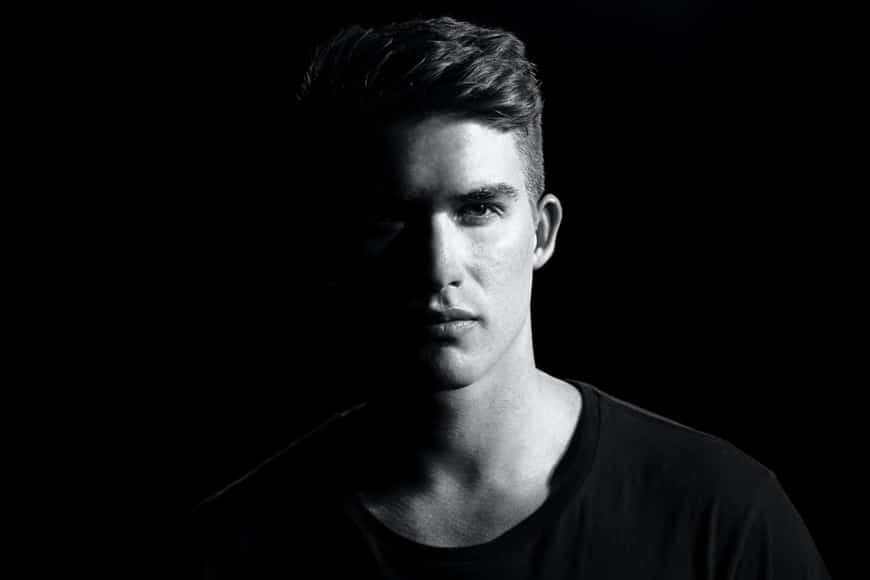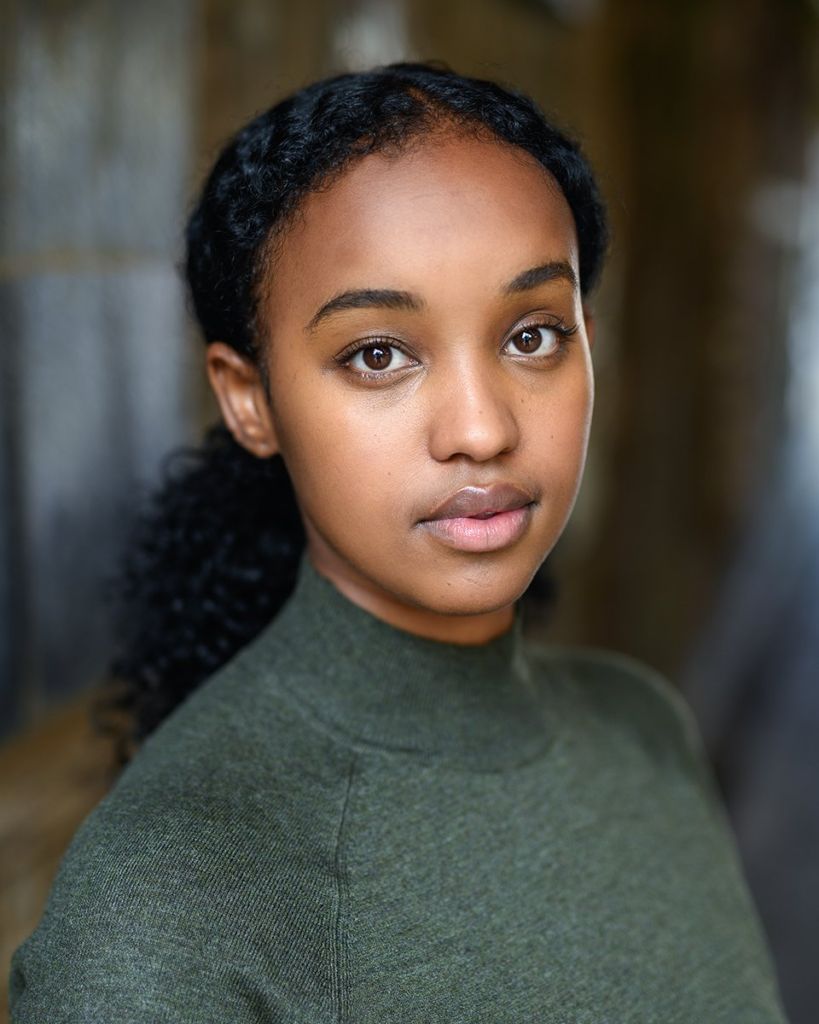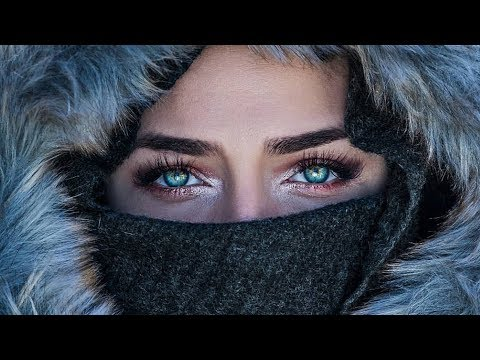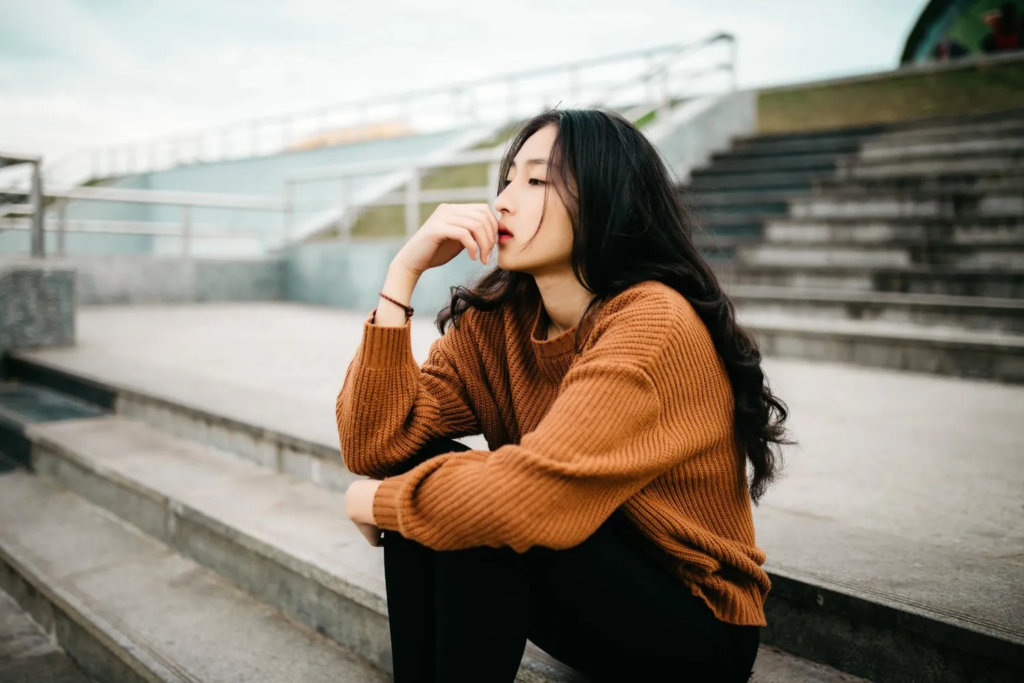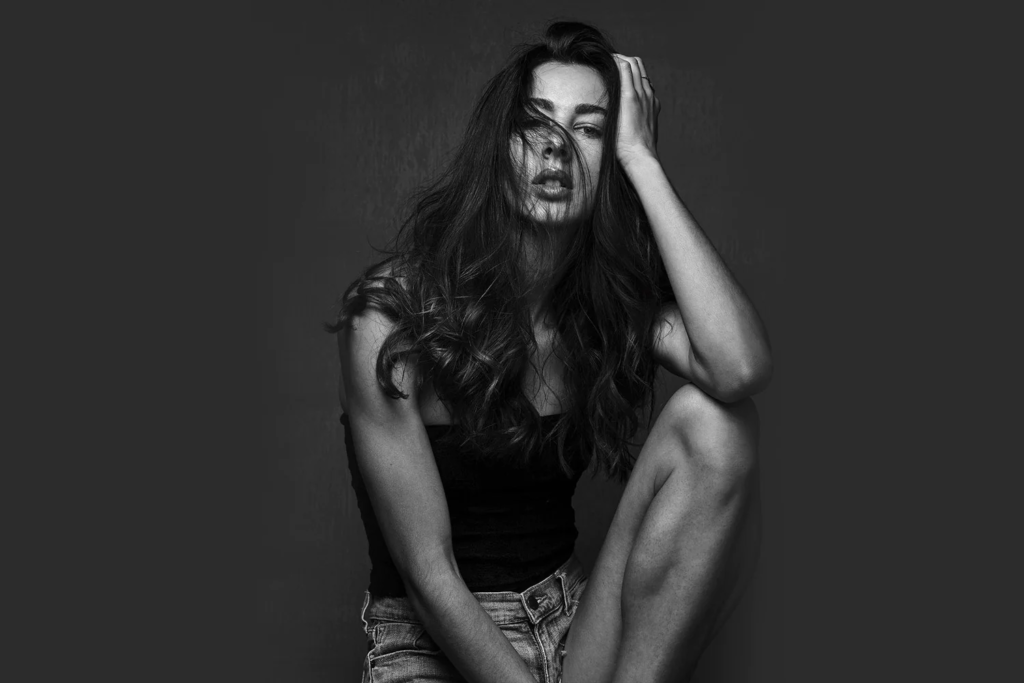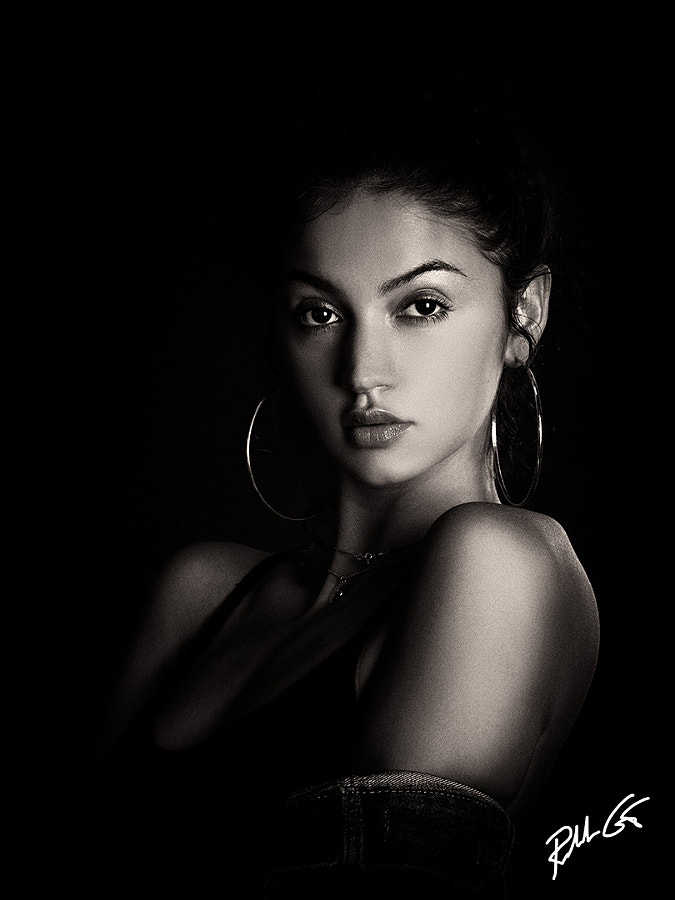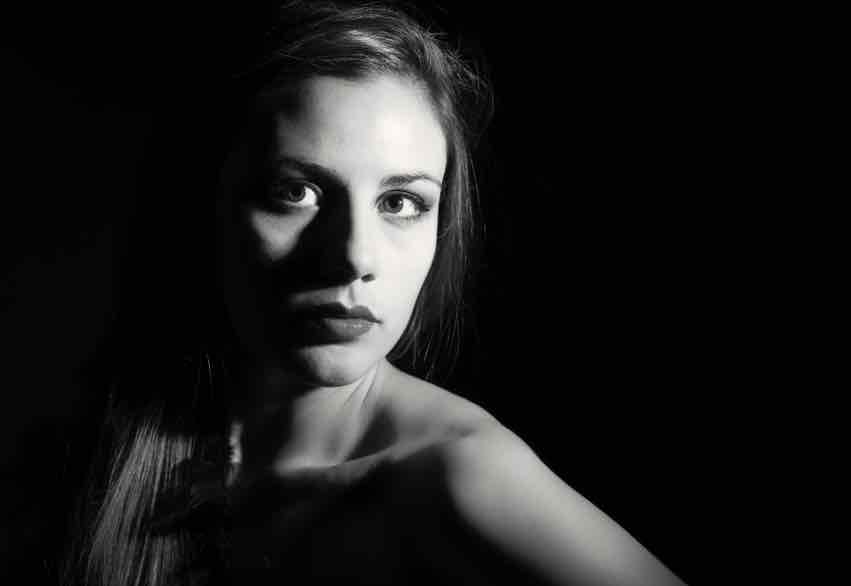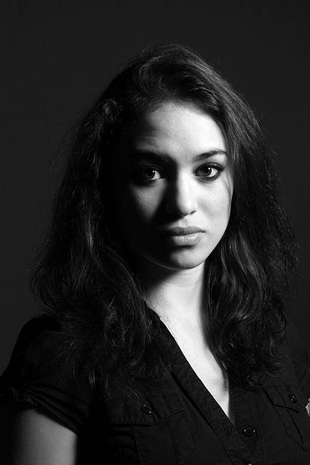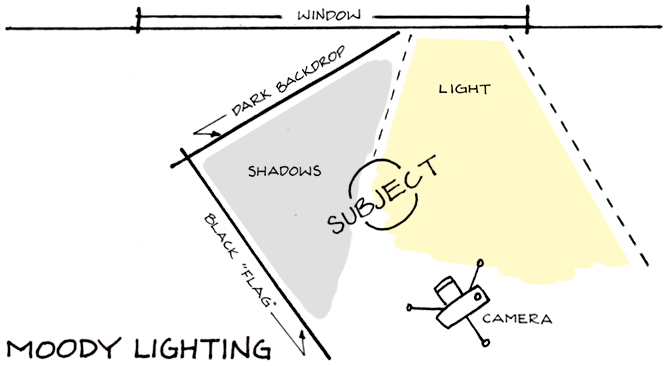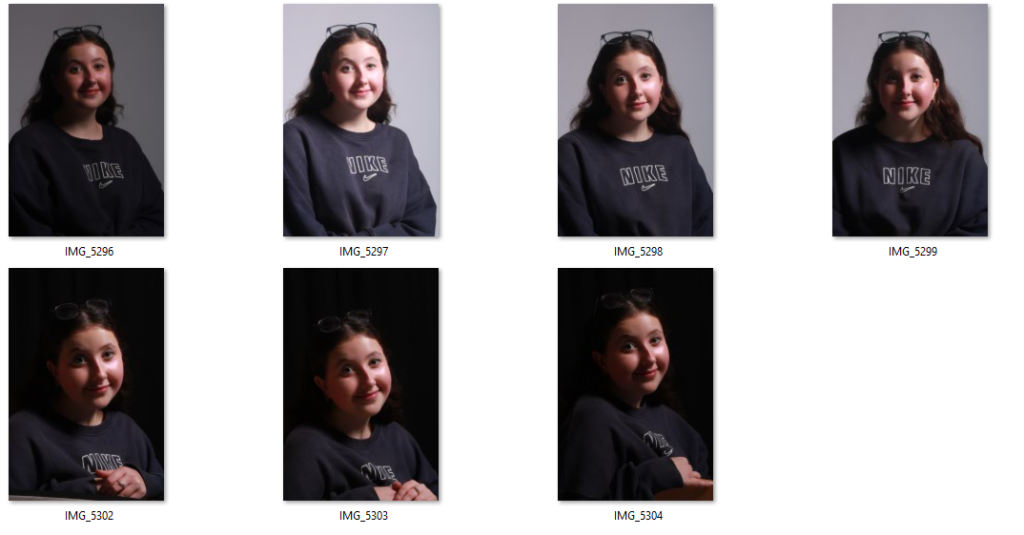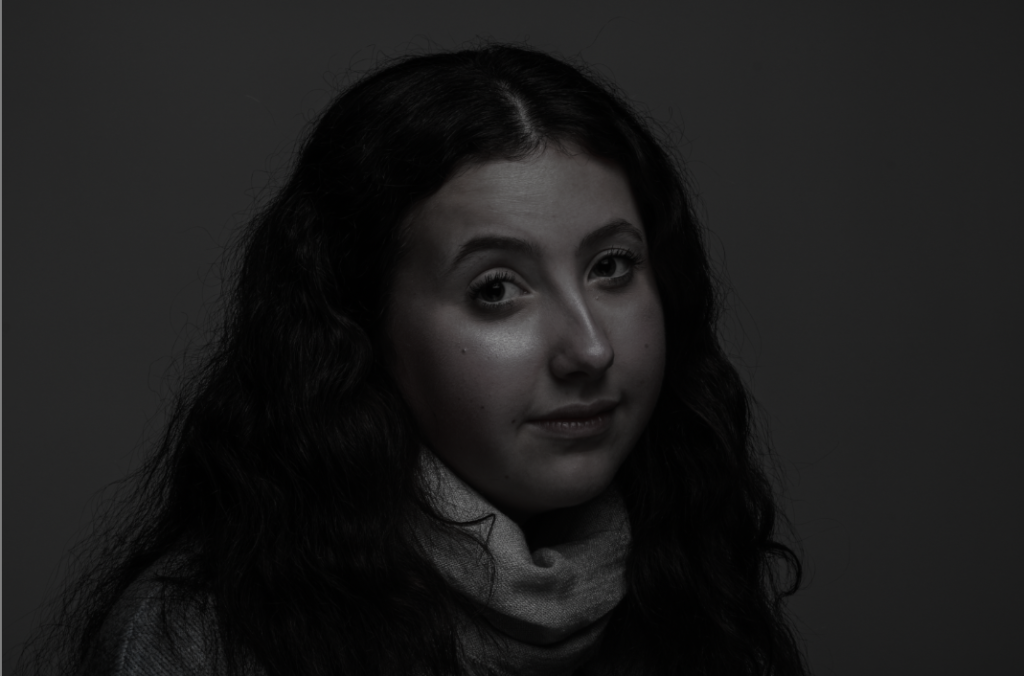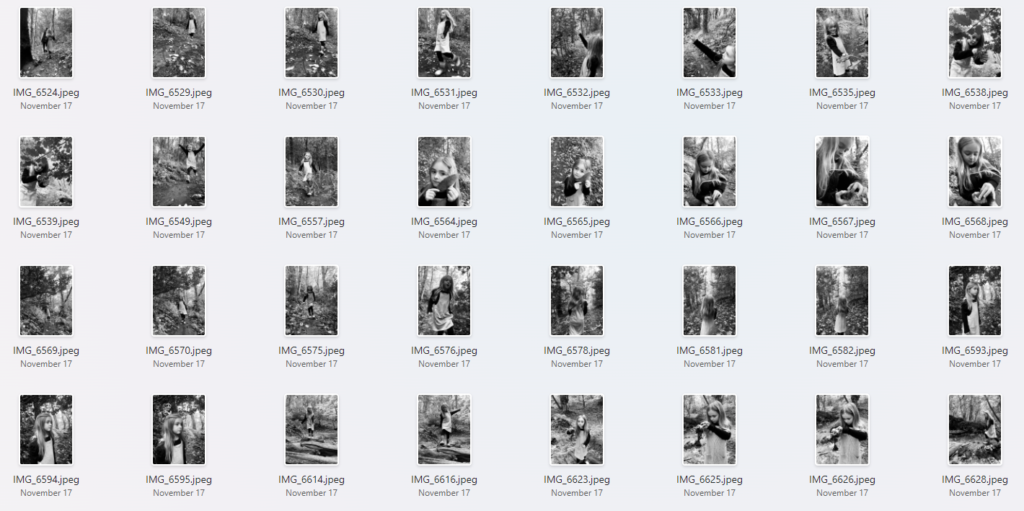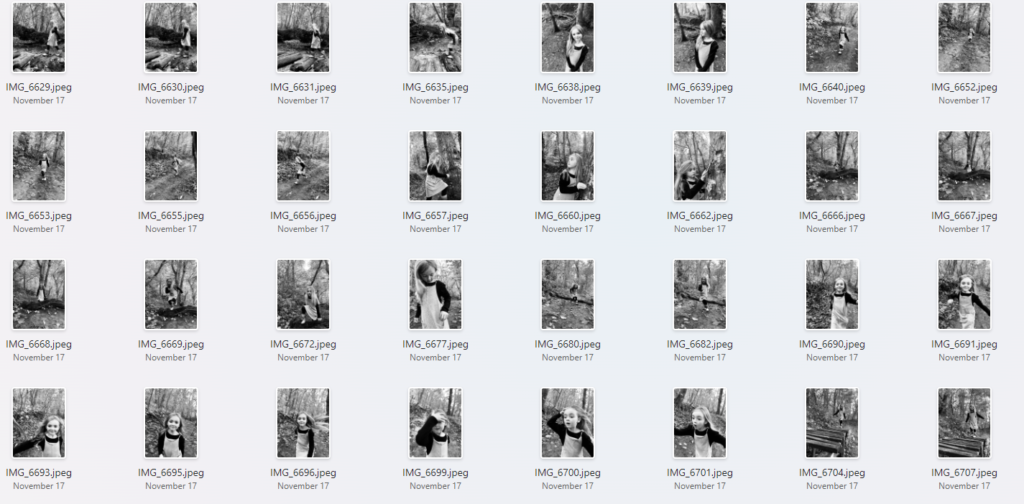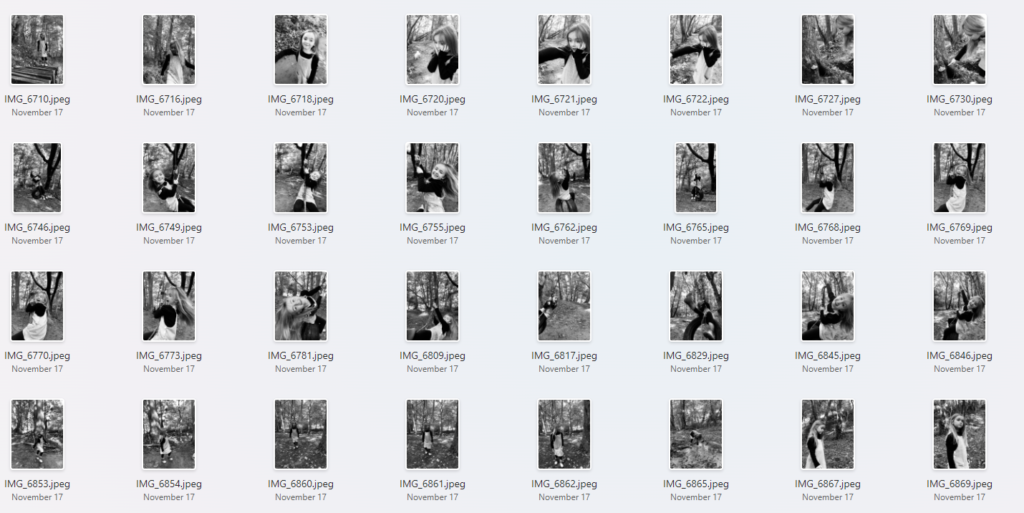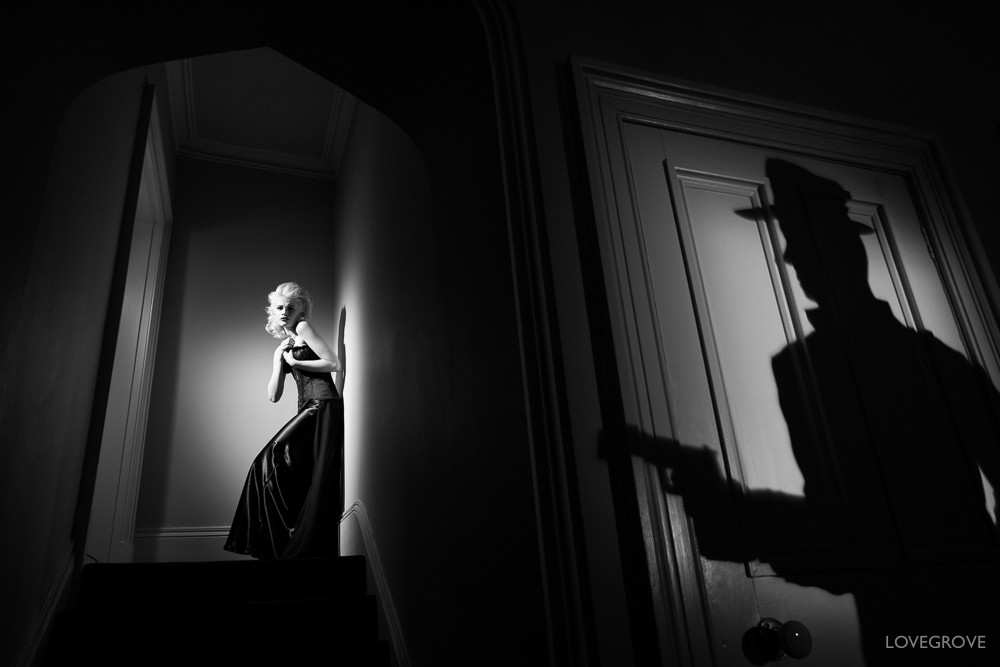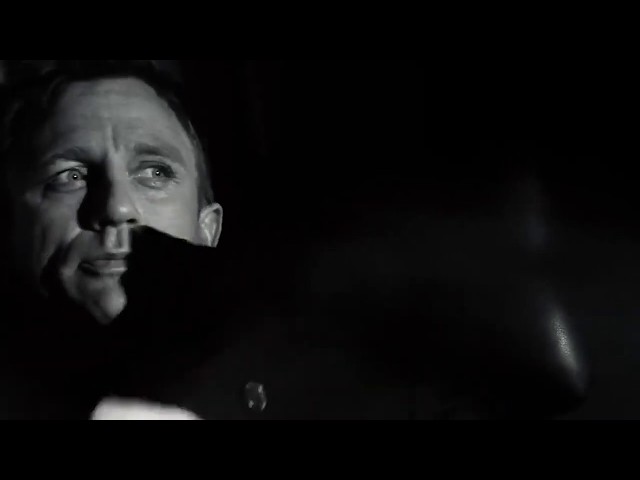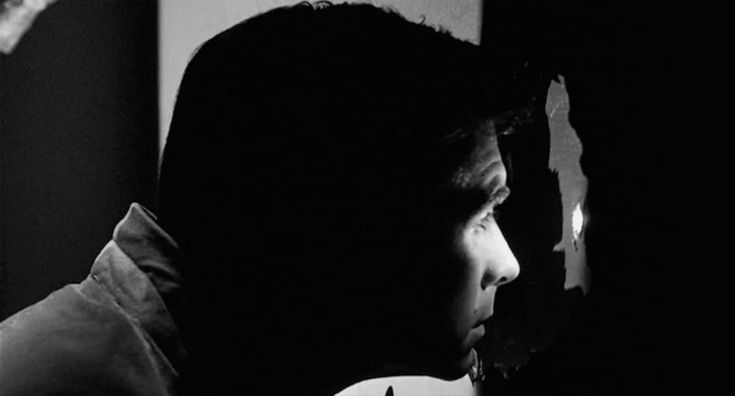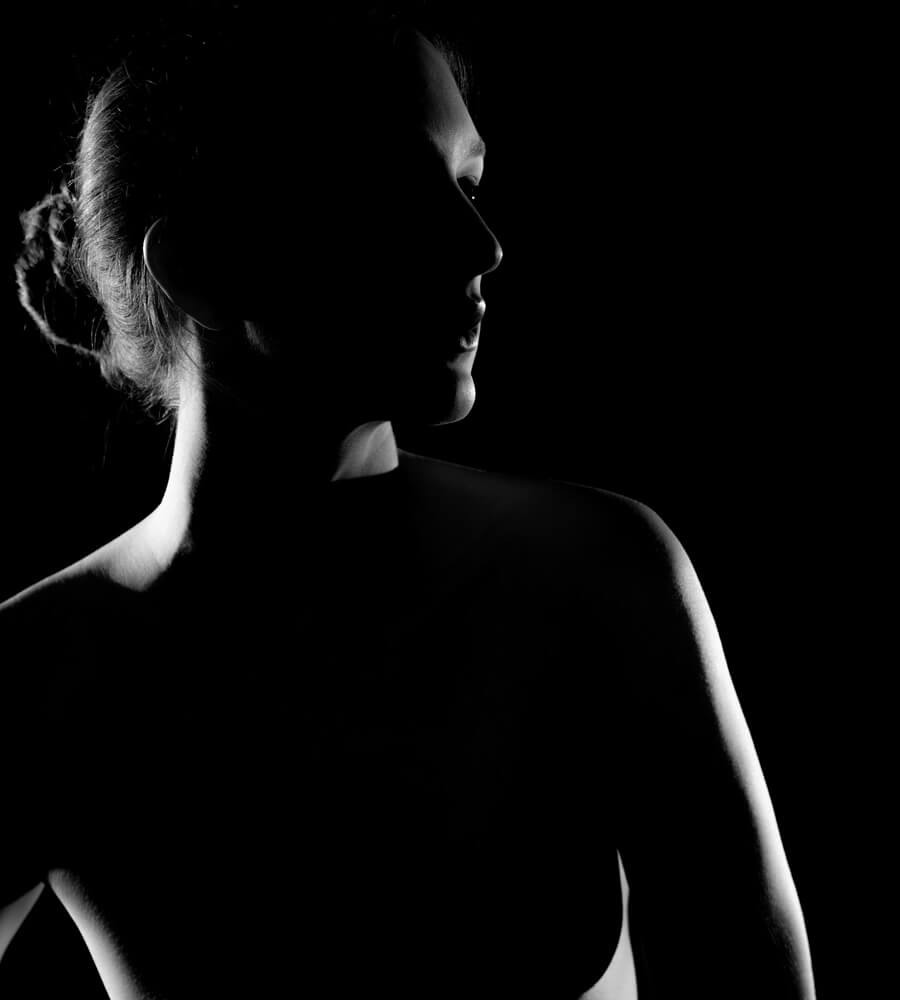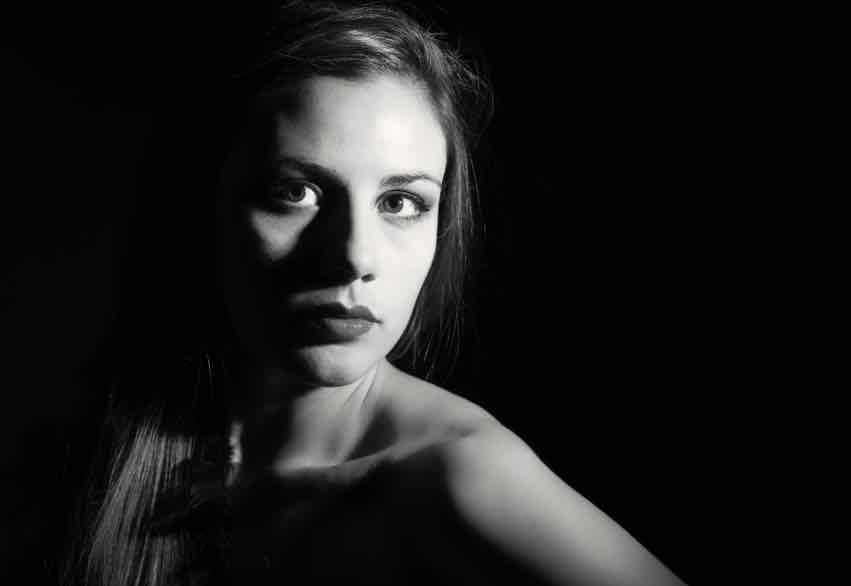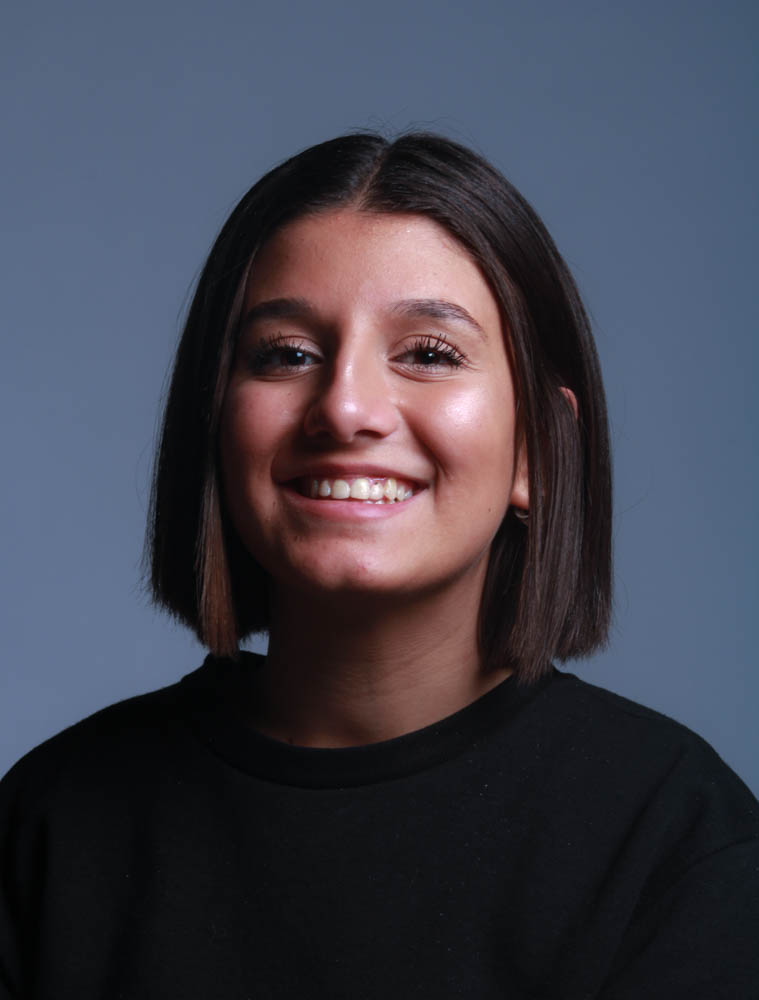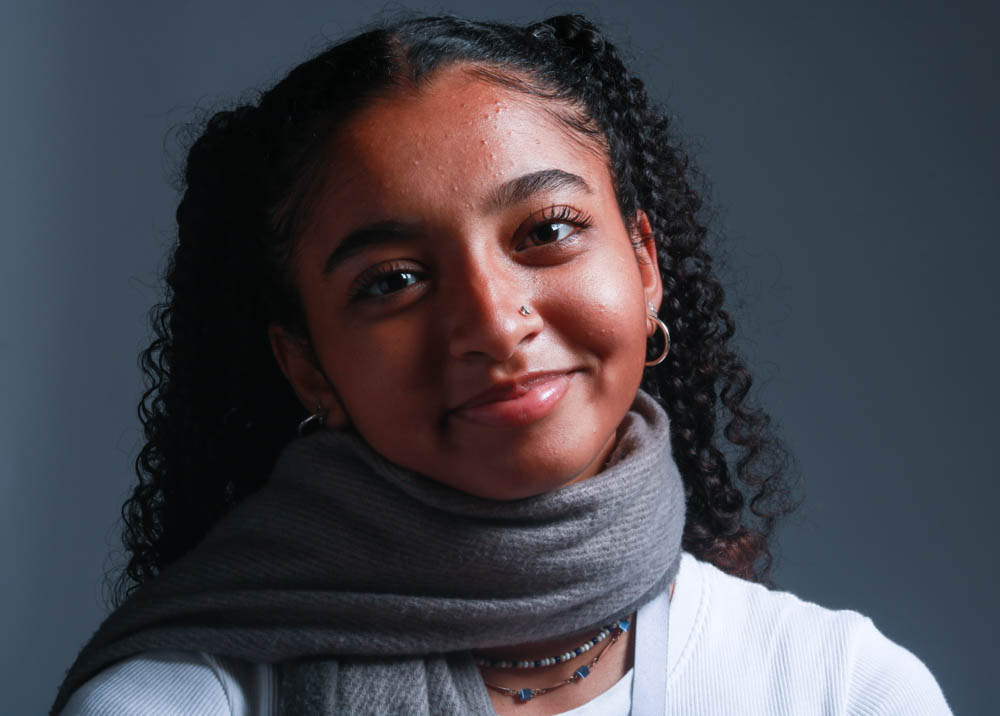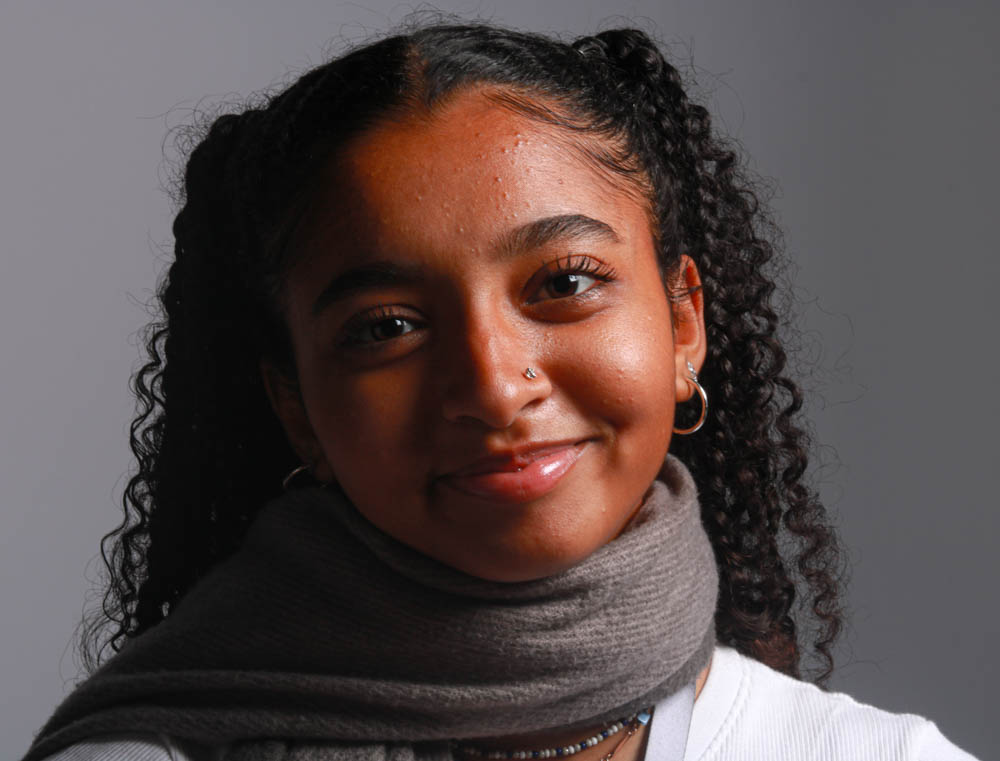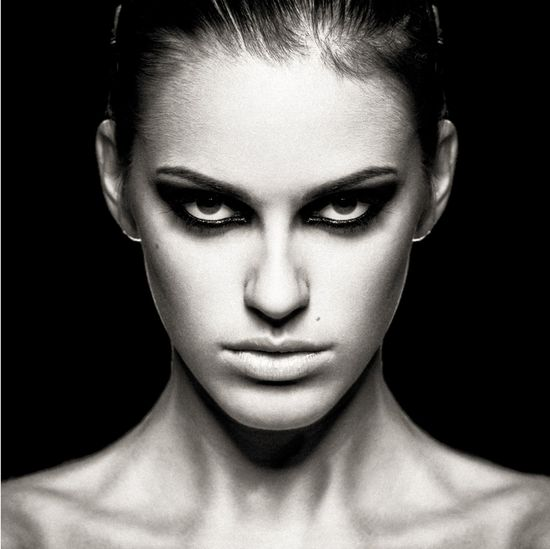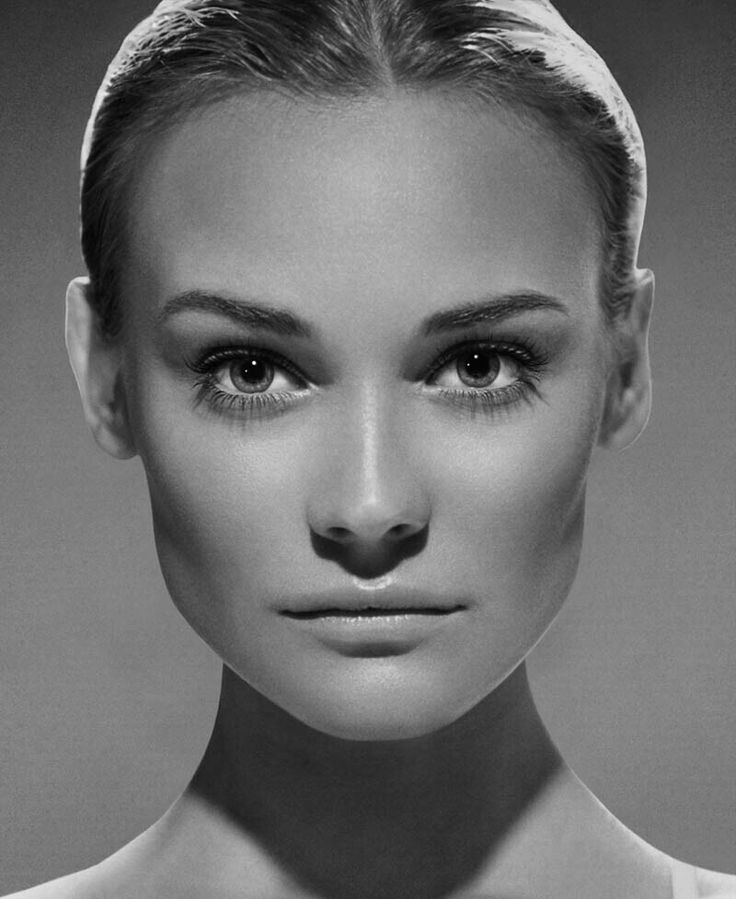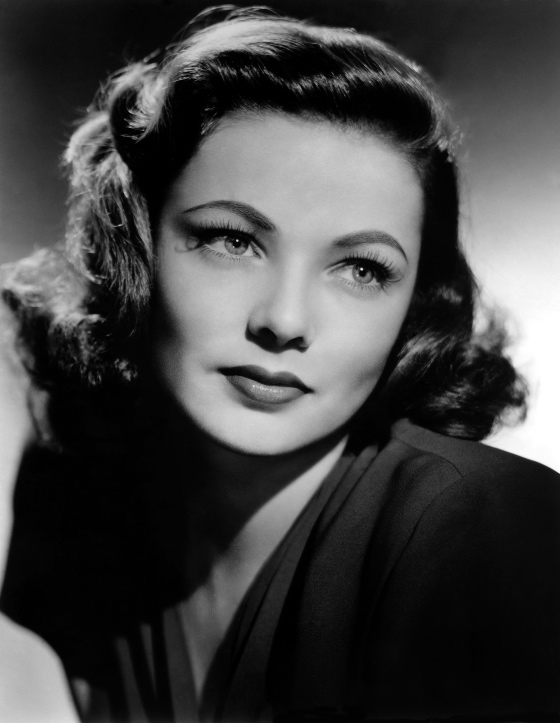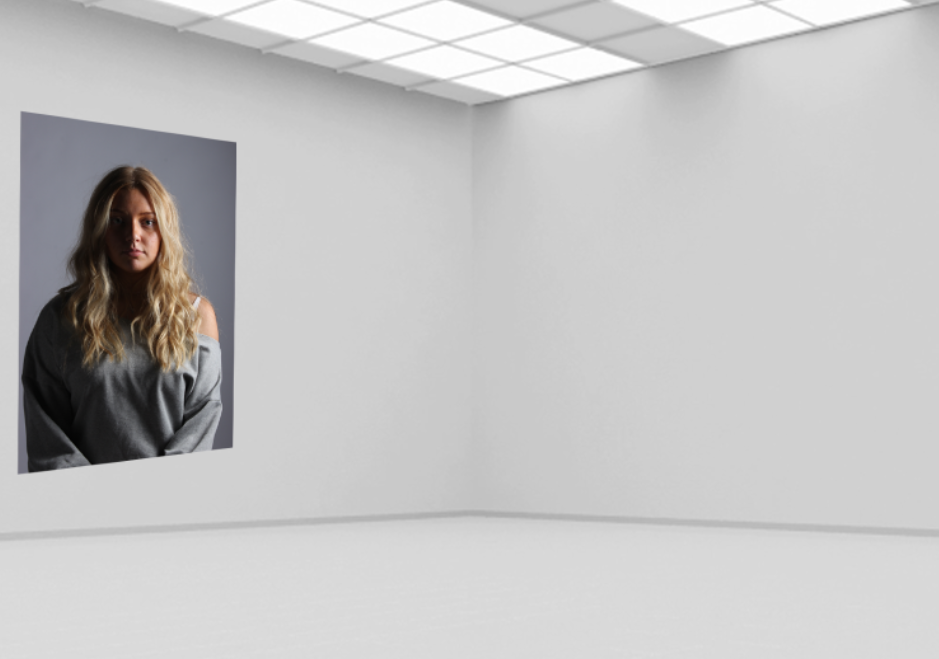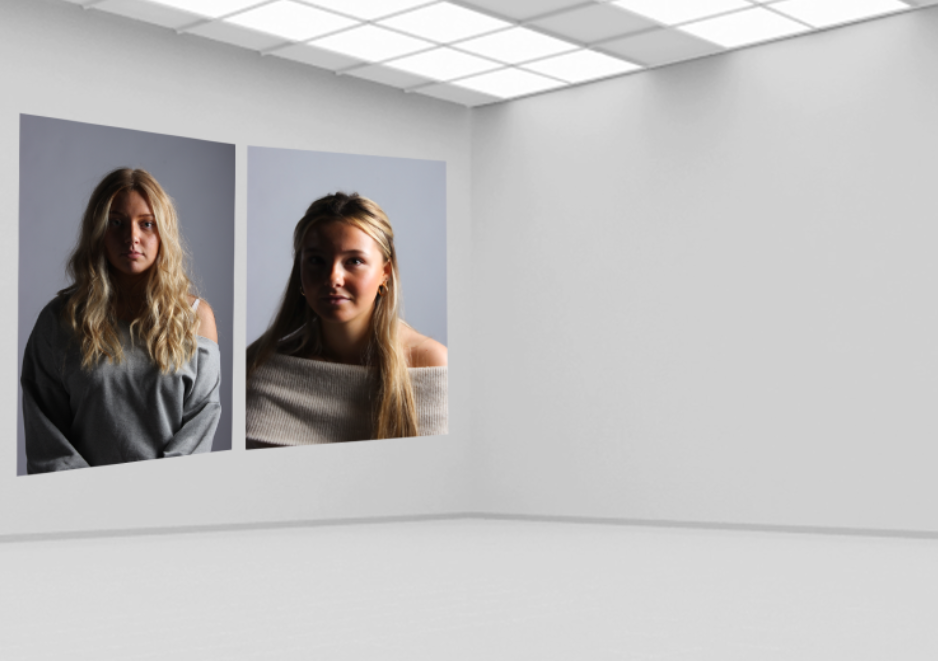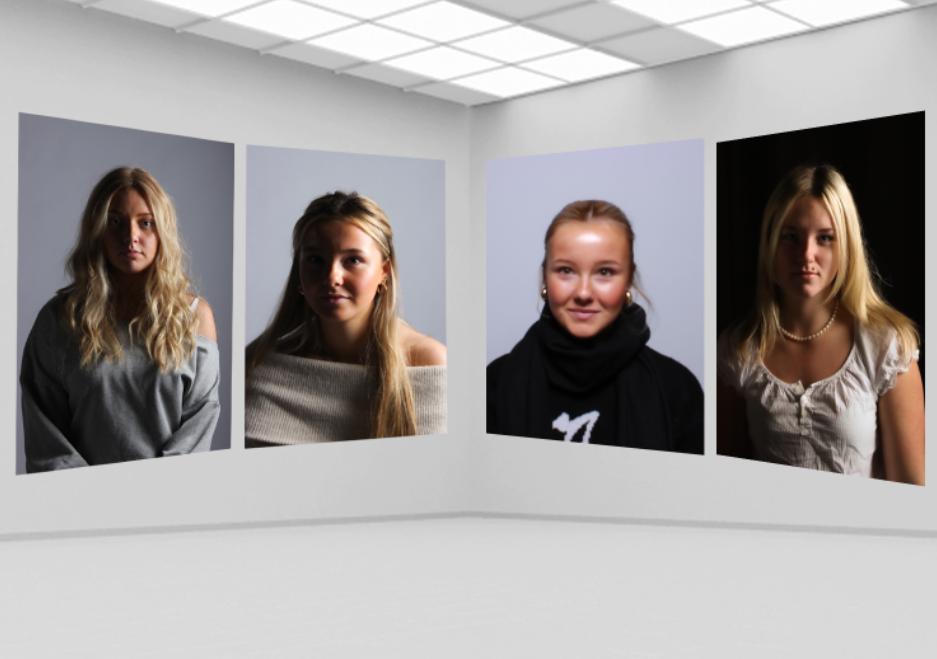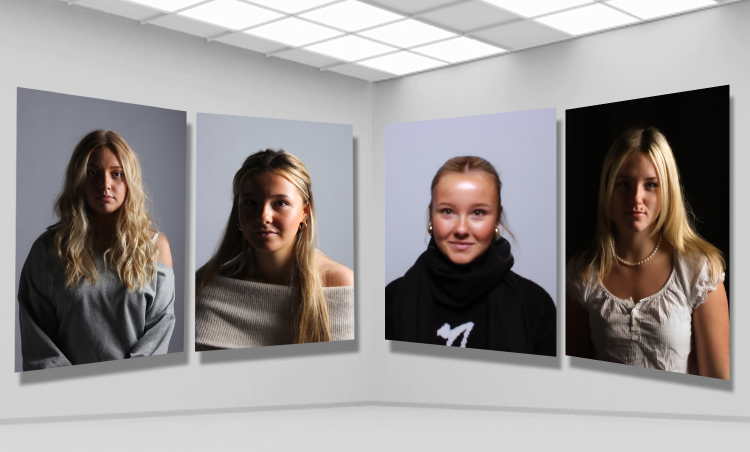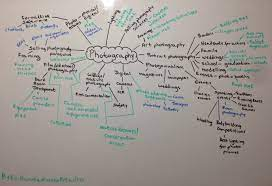In my photoshoots, I want to experiment to demonstrate more creativity than I did in my portraits to make them more exciting for the viewer.
First experimentation:
For my first plan I am going to use a Diamond Cameo. This is where four small oval portraits (1″ x 3/4“) were placed on a carte de visite in the shape of a diamond, each portrait being of the same person photographed in a different position. To do this in my photoshoot I am going to have my subject sit straight on, side profiles of the left and right, then looking slightly off to the side of the camera. Then I will arrange it into the correct format shape – the diamond.
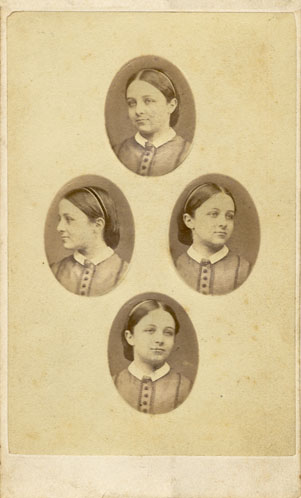
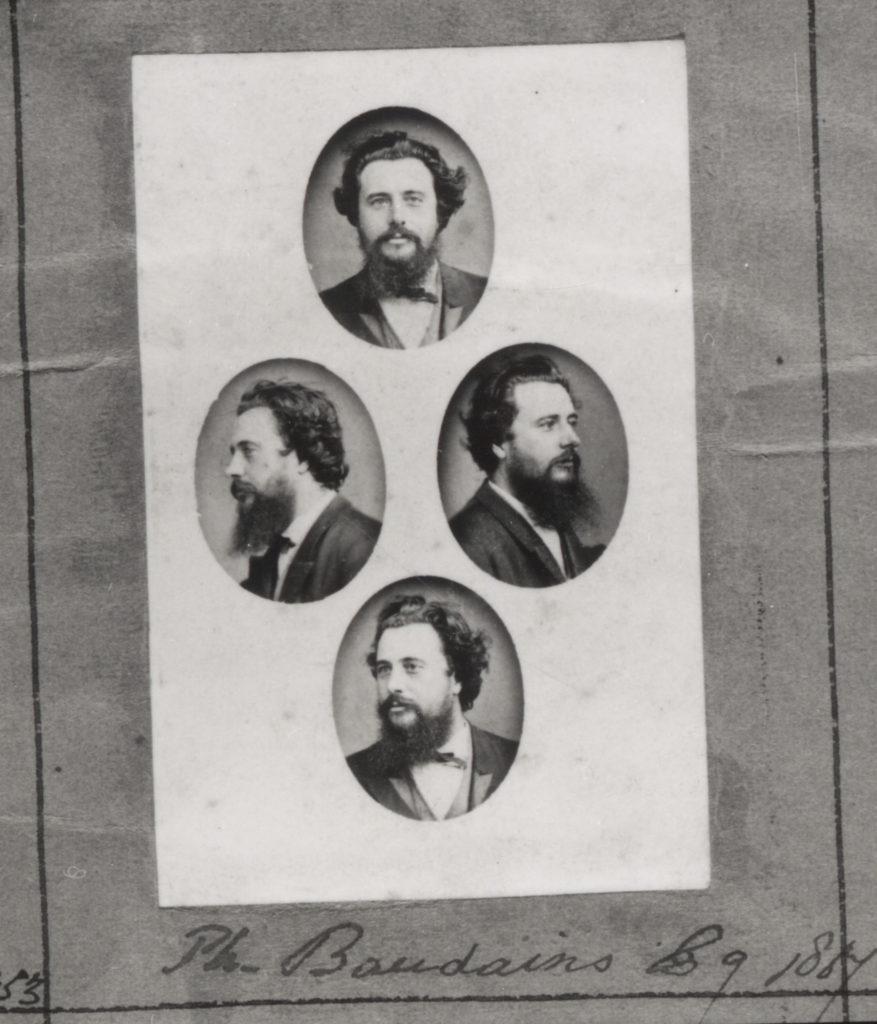
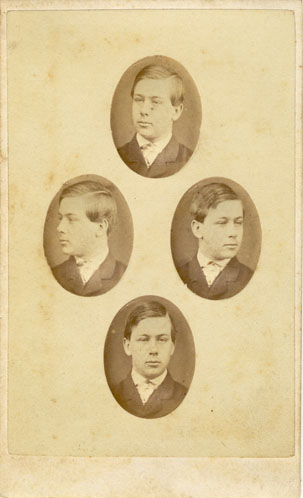
Second experimentation:
I am going to use double/multi exposure for my second experiment. This is photographs in which two or more images are superimposed in a single frame which gives off a very mysterious look due to the illusion it gives. I really want to use this experimentation idea because it makes the image become really interesting and adds motion to the image. This can be achieved in the camera settings, or on Adobe Photoshop by creating layers and then using blending options and opacity control.
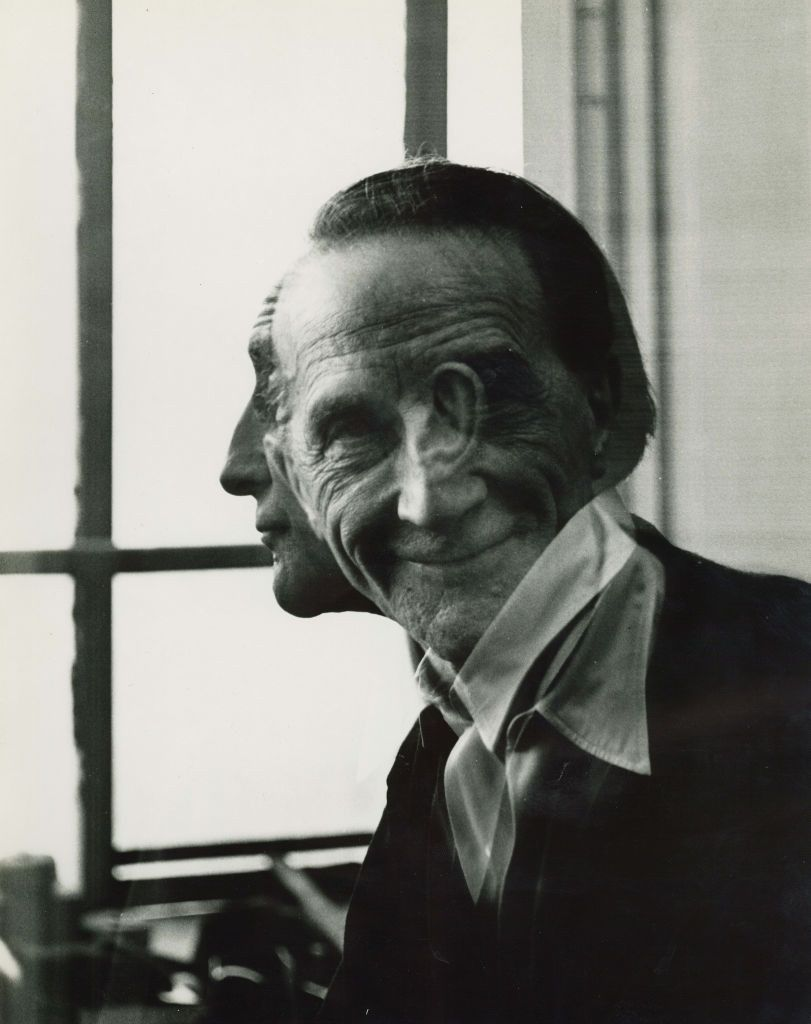
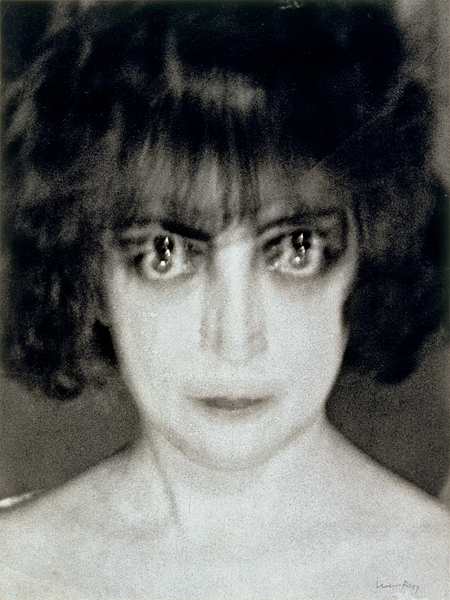
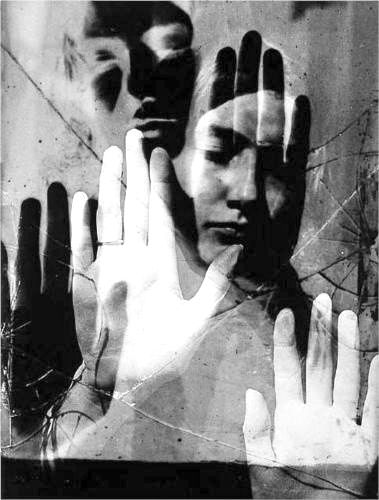
Third experimentation:
For this I am going to use photomontage as I have used this method before during my art gcse and I took a big liking to it as it was really effective. This method consists of making a composite photograph by cutting, gluing, rearranging and overlapping two or more photographs into a new image. I really like this as you take a regular boring image and create an interesting piece out of it by taking it entirely apart and joining it back together in a completely new way. It adds a new perspective on the image which is something I want to put into my own work.
